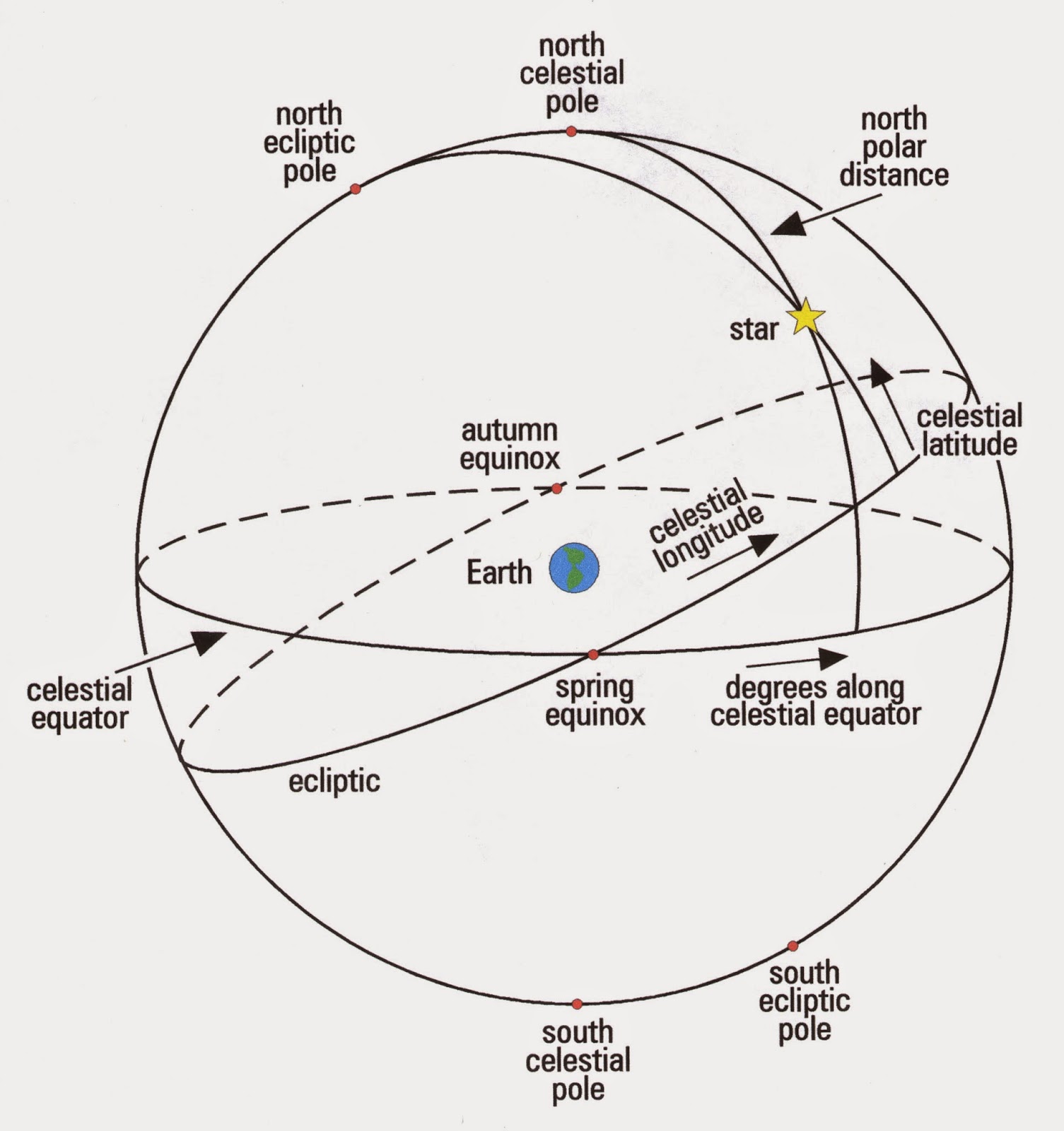Brief history of 1500 years of astronomy

Ptolemaic Universe (geocentric) http://astro.unl.edu/naap/ssm/animations/ptolemaic.swf The most important things to get out of this are: - Epicycles were a very useful way to (wrongly) explain why retrograde motion happened with planets. - Precession (the wobbling of the Earth) causes us to have different North Stars (or no North Star) at various points over the course of thousands of years. Thus, star maps are not accurate after several hundred years. However, this was not understood until the time of Newton and others. Nicolaus Copernicus, 1473 - 1543 http://astro.unl.edu/naap/ssm/animations/configurationsSimulator.html Galileo Galilei, 1564 - 1642 Galileo and his telescope: moon craters moons of Jupiter phases of Venus "rings" of Saturn stars in the Milky Way sunspots Speaking of sunspots: http://galileo.rice.edu/sci/observations/sunspot_drawings.html Johannes Kepler, 1571-1630 - his laws (shown below) are based o...

